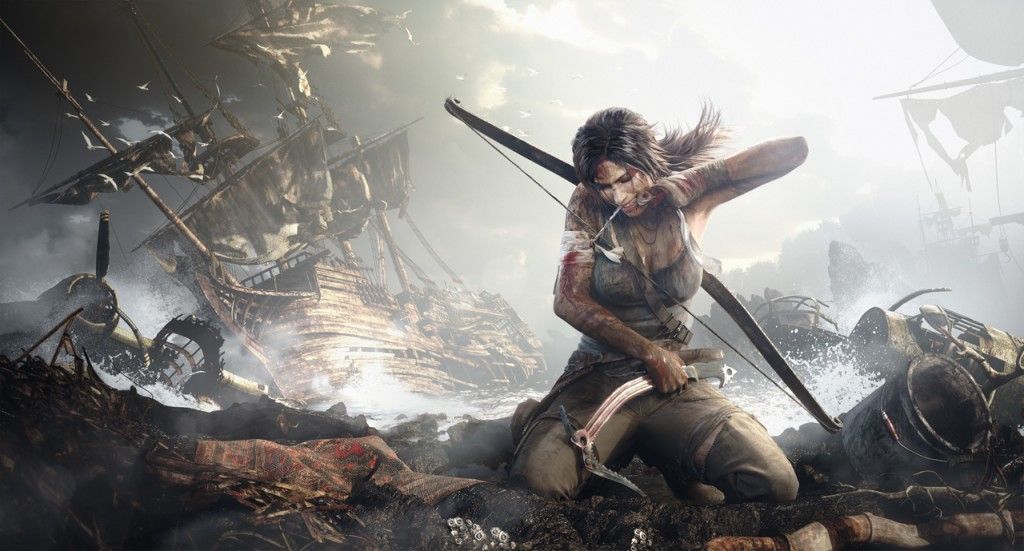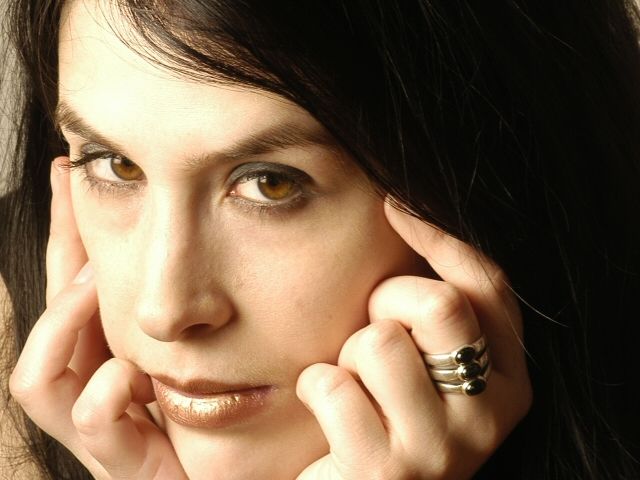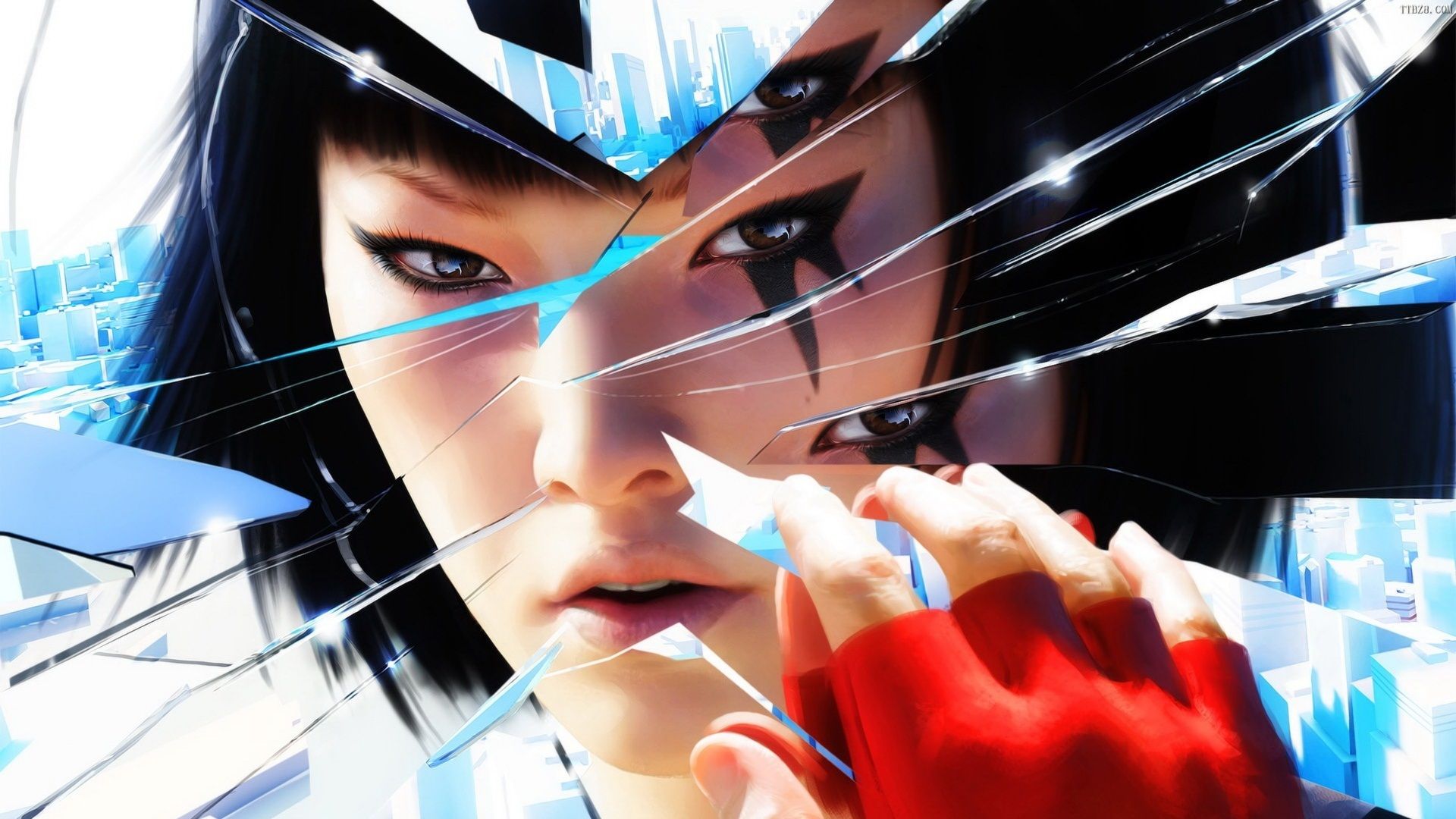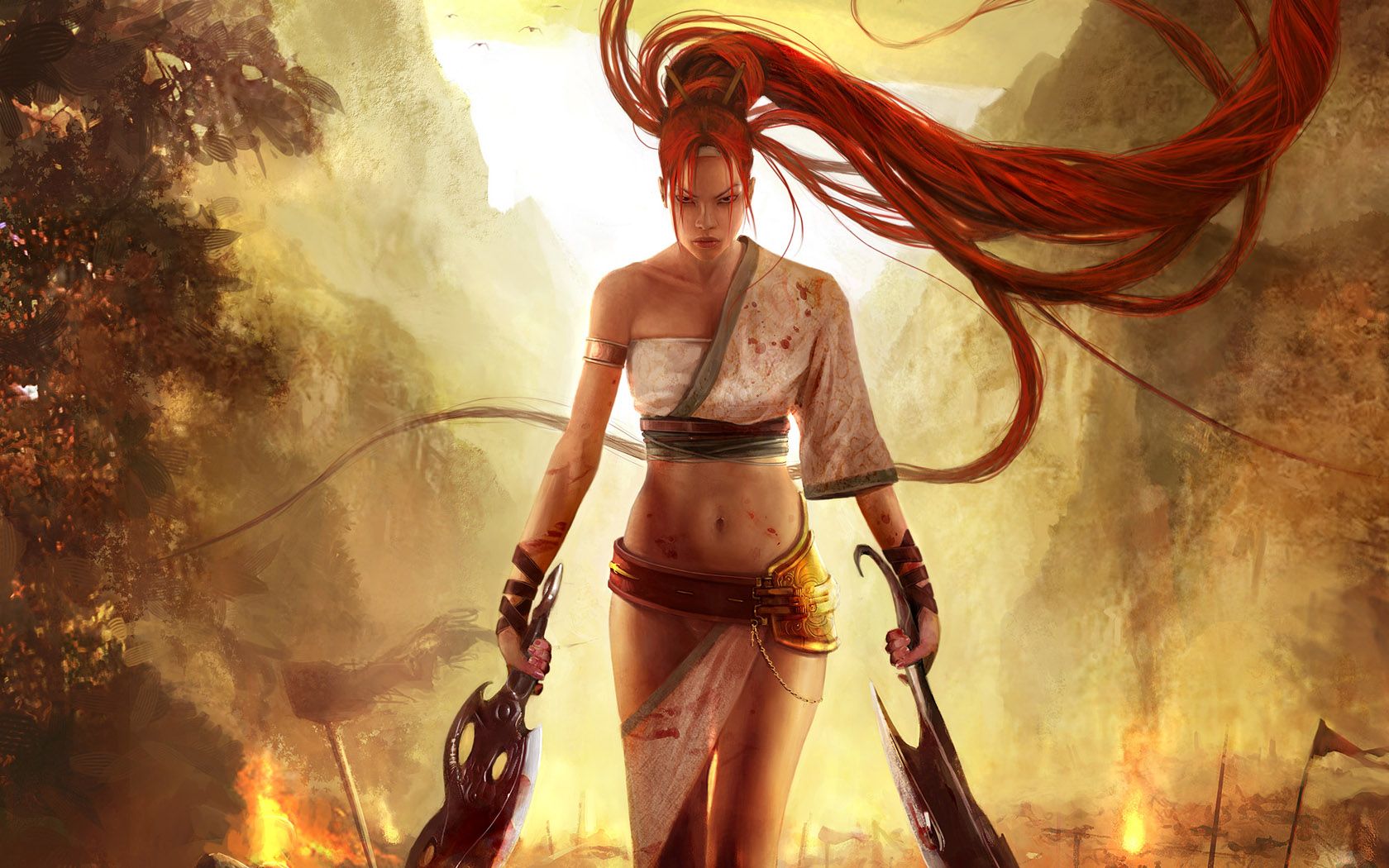As games have matured and developers have placed more of an interest and focus on their stories, the roles of scriptwriters and story-designers have increased in importance. Games like The Walking Dead (2012), Tomb Raider (2013), and The Last of Us (2013) have demonstrated that the genre can deliver mature content while also being addictive and playable. Amidst the evolution of video game storytelling has been the continuing discussion regarding the portrayal of women in gaming, as well as the importance of female protagonists and video game publishers alleged reluctance to utilize them.
Rhianna Pratchett has written games such as Heavenly Sword (2007), Mirror's Edge (2008), and Tomb Raider (2013) - games which are fairly heavy in story and contain female protagonists. I was interested in her role as a writer, her inspirations, her influences, and how they effected her experiences and her career. Her bio and complete body of work can be found on her website, here. You can check out the interview in its entirety below.
David: Over the course of your career, you have been lead writer on a few games that starred strong female protagonists. Faith (Mirror's Edge) and Lara Croft (Tomb Raider) among them. What drew you to write these ladies and their stories? What inspired their characterizations?
Rhianna Pratchett: Female protagonists are still in the minority, and I’ve always been a fan of the path less travelled. In truth I came to each of the female-led projects I’ve worked on for a multitude of reasons, including the teams and people involved, the scope of the project and the potential to do something a little different. As for inspiration, the great female protagonists of the ‘80s such as Ellen Ripley and Sarah Connor certainly helped. After that pretty much everything Joss Whedon has ever said or done. I also look towards great real-world women, like Mary Shelley and Ameila Earhart, who were pioneers in their field and exhibited pure tenacity, passion and a fearless curiosity for the world.
D: One aspect of Tomb Raider that stood out to me was the contrast between the blood and gore and the lighter more fantastical elements. Lara Croft faces a significant amount of both during the game. What were the biggest challenges when it came to balancing these aspects of the game whilst at the same time keeping the characters of Lara and the supporting cast grounded in reality?
RP: Initially the more supernatural elements of the game were experienced earlier on, but we decided to backload those in a similar way to the Indiana Jones movies. The reason for that there was more than enough for players to digest at the start of the game and we didn’t want to overload them with too much too soon. We also wanted to immerse them in the experience of survival and being on the island, plus the elements of our own frontloaded mythology, before delving into the deeper mysteries.

D: Tomb Raider was marked by controversy in the months leading up to its release. Certain members of the press made accusatory claims that the game was utilizing brutal violence and suggested rape as a means of entertainment. At that time, no one knew who was writing the game. How did this make you feel? Knowing that people were criticizing your work and you could not defend yourself? Why do you think so much controversy was stirred over a scene in a trailer that was out of context?
RP: I understand why the assumptions came about and I’m sure if I’d still been a games journalist at the time, I would’ve been scratching my head. There was definitely genuine concern there, but there was also click-bait at work too, and assumptions (particularly about who had done it and why) purported as fact. We often see the wider media doing exactly the same thing when it comes to videogames (namely sensationalist reporting without consideration for context or meaning) so it was disappointing to see the industry turn on itself in this instance. However, it definitely caused valuable debate about issues like the way we represent and speak about female protagonists, and the relationship between player and player character.
D: When you announced on Twitter that you were not involved or even asked by EA and DICE to come back and write Mirror's Edge 2, it was a shock and disappointment to many of the franchise's fans. When did you find out you were not going to be involved? How did it make you feel? Has EA or DICE reached out to you for guidance on their new story afterwards?
RP: It’s nice to know that fans cared, although it’s well known that I wasn’t happy with the way the game’s story turned out. Thankfully the comics with DC helped remedy that and expand upon the world in a way I’d not been able to do in the game. I have no contacts left at the studio so I’m not privy to what goes on there. I don’t even know how far into production they are. No one has reached out to me from EA or DICE, but then again there’s no reason why they should. I was a contractor working for them and they own the IP, so it’s their baby, not mine.
D: How did it feel to go from Tomb Raider to your latest game, BeatBuddy? Did the change of scenery present a challenge for you as a writer?
RP: Every game is a challenge, but in Beatbuddy’s case it was because I came on right at the end of the project to do an overhaul of the story and script within the very narrow parameters of the game, which had already been designed and built. It was lovely to be able to do a little bit of work on an Indie game as I normally never get asked to work on them. After several years on Tomb Raider it was refreshing to do something small in a very different genre.
D: There have been recent stories in the media (a couple surrounding Remember Me) about the reluctance that publishers seem to have towards games that star female protagonists. Did you witness and/or endure any of this when working on your games?
RP: No, not at all. But then again when I came on-board the game had been in development for at least a year, so any hurdles of that nature had already been jumped. I certainly didn’t feel that the game was being undermarketed.
D: There's a lot of talk between fans and media on what elements must or must not be included in a strong female protagonist in order for the character to be considered viable. For instance some argue that a sensual or voluptuous design is detrimental. As a writer, how much input do you have in the character's physical appearance? Do you ever feel that there is a certain "template" you need to follow so as to not offend certain groups and/or to placate others?
RP: By the time a writer comes onto a project (if they’re being hired as a contractor) the main character has usually been designed, as that’s always done during a project’s pitching stage. However, they often get input into the visuals of secondary characters.
There really should be no specific template to follow apart from one’s own sensibilities. In fact I think following templates in the past has just caused the industry to have far too many of the same style of protagonist - male, usually white, straight, mid 20s, dark haired, stubbly etc. Our protagonist definitions, regardless of gender, are shockingly narrow compared to other entertainment industries.
D: Do you have any "must"s and "mustn't"s yourself for your own female characters? If so, can you share some?
RP: Must be interesting. Must be textured. Must have an inner life as well as an external one. Must be changed by their experiences. But that pretty much goes for male characters as well. Generally I wouldn’t accept work on projects where I didn’t agree with the sensibilities behind the main character.
D: Do you have any advice for aspiring writers who want to craft stories that contain protagonists like Lara?
RP: Games aren’t created by writers rocking up to developers saying ‘I have this great game story.’ It’s about establishing relationships and working hand in hand to create something wonderful. The best advice I have is keep writing, keep practicing, keep winning, losing and understanding the difference. Never stop learning, never stop pushing yourself. Then find yourself a team you can work well with and help make awesome things happen.
D: What are some subjects, themes, or characters that you would like to have a chance to write in the future? Can you tell us anything about your next project that you will be working on now that BeatBuddy has been released?
RP: I can’t talk about my upcoming game projects, although I am currently working on a screenplay adaptation of the novel Warrior Daughter, by Janet Paisley, with support from the BFI.
I’d love to work on games with a more diverse set of characters (although we were pretty diverse with age, gender and ethnicity in Tomb Raider.) I think it would be a great challenge to work on a military game which featured a female lead character. Since female soldiers are now being allowed on the frontlines (and arguably have already been essential in military conflicts the world over) we’re actually in danger of reality overtaking games!



